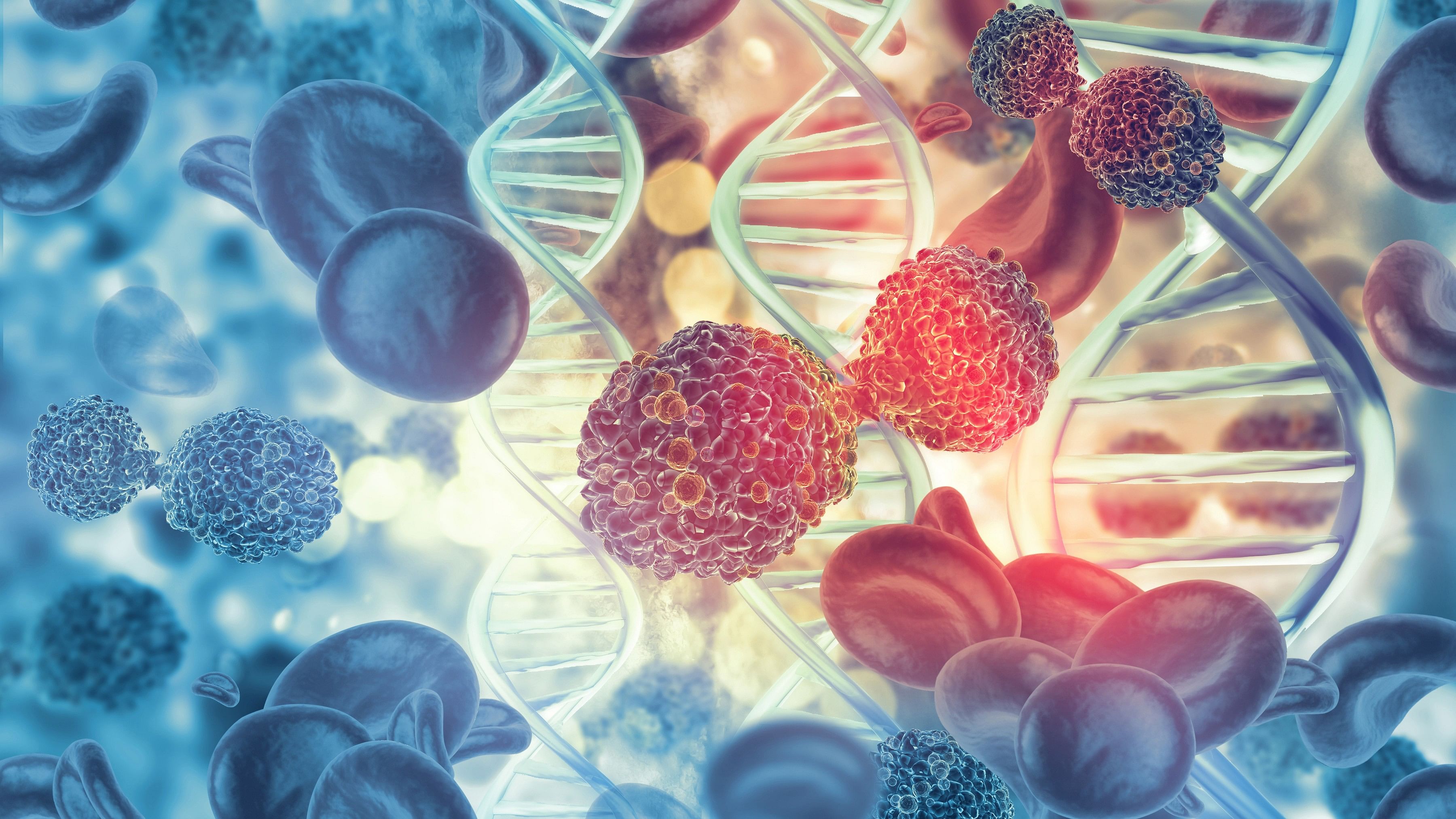
Representative image of cancer.
Credit: iStock Photo
The number of cancer cases among the youth has increased by 30 per cent over the last 40 years. At this rate, half the population will hear the words ‘you have cancer’ at some point in time. That’s a stark figure. And it’s a reminder of the challenges faced in beating this disease. More people are beating cancer today than ever before. Survival has doubled in the last 40 years.
One doesn’t typically think of cancer as a disease of the young. But the truth is that it can strike anyone. There is an age group that needs special attention - adolescents and young adults. Cancer patients are often placed into two main buckets - adults and children. Adolescents and young adults are often excluded.
Cancer is a serious diagnosis at any age, but when it shows up in younger adults, the tumours are typically more aggressive, and they often go undetected for longer periods because routine cancer screening isn’t recommended for this group. These cancers in the young are more likely to be diagnosed when the tumour is at a more advanced stage and are associated with worse survival outcomes.
The word ‘cancer’ produces widely differing perceptions. The cultural perception is very pessimistic - a relentless, incurable, extremely painful disease, the treatment of which is conceived as difficult, with little chance of a cure and survival. But, cancer can be treated successfully. In fact, now more people than ever before lead full lives after treatment.
An estimated 6-7 lakh deaths in India are caused by cancer in a year. This figure is close to the mortality burden seen in high-income countries. About a lakh young adults aged 20-39 years are diagnosed with cancer each year. About five per cent of all cancers are diagnosed in this age range. Cancer is the fourth leading cause of death in this age group.
The body is made up of trillions of cells. They normally grow and divide as needed. DNA of genes, control everything the cells do – their growth, division and death. Mutations of genes causes cells to grow out of control, leading to cancer.
Risk factors in youth
Inherited gene changes increase the risk of certain cancers. Gene mutations increase the risk of breast, ovarian, colorectal, endometrial and blood cancers.
Acquired risk factors include exposure to ultraviolet light - increases risk of melanoma and other skin cancers. Infection with some types of human papillomavirus increase risk of cervical cancers. Infection with human immunodeficiency virus (HIV) is a risk factor.
Treatment with chemotherapy or radiation for a childhood cancer increases the chance of a second cancer, especially leukaemia, later on.
Review of cancer registry from 44 countries found the incidence of early-onset cancers is rising rapidly for colorectal and 13 other types of cancers. Many affect the digestive system, and this increase is happening across many high-income nations.
Many of the risk factors have established links to obesity, inactivity, diabetes, alcohol, smoking, environmental pollution and Western diets high in red meat and added sugars, and lack of sleep. Many of these cancers point to a big role for diet and the bacteria that live in the gut, called micro-biomes.
Obesity is a major concern
Obesity has opened the doors to several types of cancers. A high BMI is common now. People are becoming obese earlier in life too. So, these cancer risks are appearing decades earlier than they did as in previous generations.
The rising incidence of colon and colorectal cancers in younger adults has prompted the US Preventive Services Task Force to lower the age at which it recommends doctors to start screening people for colon cancer (35 to 45 years).
Age and risk in youth
Age 15-19: Hodgkin lymphoma, thyroid cancer, brain and central nervous system tumours.
Ages 20 - 29: Testicular cancer, thyroid cancer, breast cancer, melanoma.
Ages 30 - 39: Breast cancer, thyroid cancer, testicular cancer, cervical cancer.
(The author is former director, Jaydeva Institute of Cardiology)